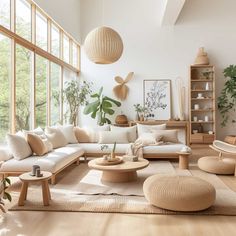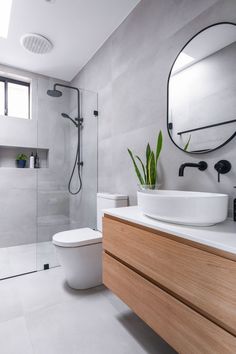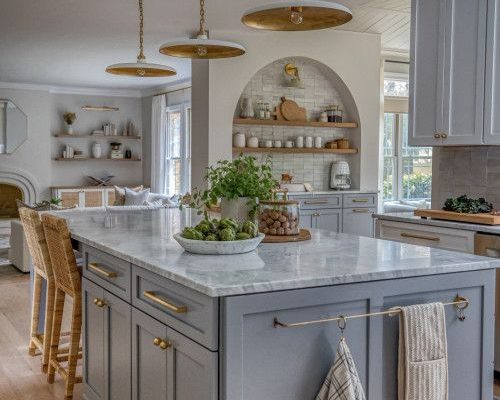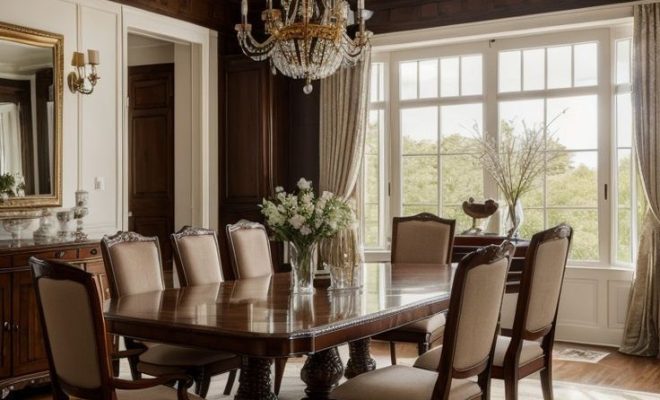Designing the Best Home Environment for Someone With Dementia

Creating a home environment that is safe, comforting, and supportive is crucial for individuals with dementia. A well-designed space can greatly enhance their quality of life and promote independence. Here are key considerations for tailoring a home to the unique needs of someone with dementia:
1. Simplicity and Familiarity:
Keep the environment simple and free of clutter to minimize confusion and anxiety. Familiar objects and photographs can provide a sense of comfort and security.
2. Safety Measures:
Safety is paramount. Install locks on cabinets that contain dangerous items, use childproof locks where necessary, and ensure the home is equipped with smoke detectors and carbon monoxide detectors. Remove or secure rugs to prevent trips and falls, and install grab bars in places like the bathroom.
3. Good Lighting:
Ensure that the home is well-lit to reduce shadows or glare, which may cause disorientation or discomfort. Natural light is ideal during the day, but make sure there isn’t a drastic change in illumination that could confuse the resident.
4. Contrast and Color:
Utilize contrasting colors to help delineate different areas; for instance, place a dark mat in front of a light-colored door to help it stand out. Choose calming colors for walls and decor to promote a peaceful atmosphere.
5. Clear Pathways:
Make sure that pathways are wide and clear of obstacles to facilitate easy movement throughout the home.
6. Labeling:
Labels can be helpful for reminding individuals where items belong or what a particular room or object is used for. Use pictures alongside text for better comprehension.
7. Adaptive Tools:
Provide tools that help maintain independence, such as adaptive utensils for eating, easy-to-wear clothing with Velcro closures, and non-slip socks or shoes.
8. Consistent Routine:
Though not strictly part of physical design, establishing a consistent daily routine can help reduce confusion by lending predictability to the environment.
9. Tech Assistance:
Consider technology designed to assist individuals with dementia, such as automatic medication dispensers, GPS devices in case they wander off, or smart home systems that allow family members to monitor the environment remotely.
10. Therapeutic Elements:
Incorporating elements like music therapy via easily operated players or tactile activities such as gardening can provide soothing engagement opportunities.
11. Personal Space:
Ensure the individual has a personal space where they can retreat if feeling overwhelmed—a cozy corner or quiet room can serve this purpose.
Creating an environment tailored for someone with dementia involves meticulous attention to detail while focusing on simplicity and safety. Each modification aims to empower individuals with dementia to navigate their surroundings as easily as possible while maintaining their comfort and dignity.






